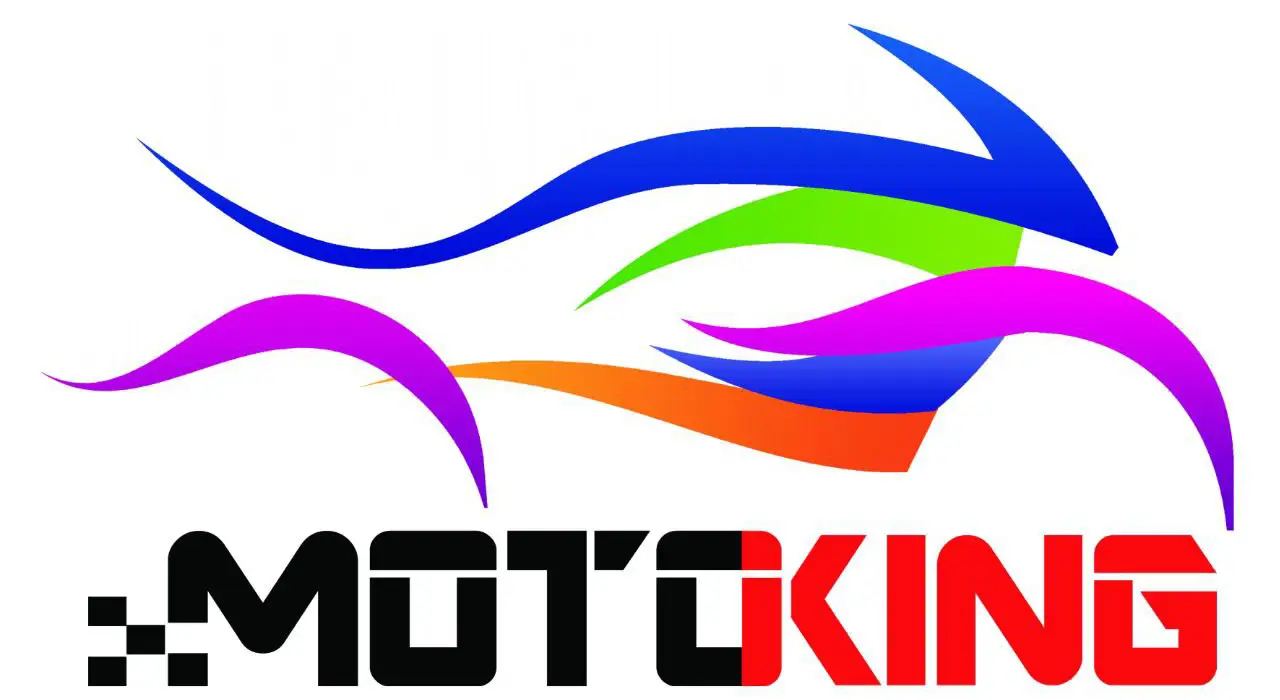Honda Motorcycles: History, Models and Features
Introduction
Honda motorcycles are known as one of the pioneers of the motorcycle industry in the world. Since its establishment in 1948, this Japanese brand has been known for innovation and quality in the production of motorcycles. Honda has been able to find a special place in the hearts of motorcyclists by offering diverse and efficient models. In this article, we examine the history, models, features and impact of Honda motorcycles on the motorcycle industry.
History of Honda
Honda was founded in 1948 by Soichiro Honda. He first started producing small engines and motorbikes, and then focused on the production of motorcycles, becoming one of the largest motorcycle manufacturers in the world. The first motorcycle produced by this company was the D-Type model, which was launched in 1949. This motorcycle was able to be noticed quickly and was the beginning of Honda’s subsequent successes.
In the 1960s and 1970s, Honda achieved greater success by introducing new, high-quality models such as the CB750. The CB750 model, which is known as the first four-cylinder motorcycle in the world, revolutionized the design and technology of motorcycles and made Honda a global brand. Since then, the company has continued to produce various models, including urban, sports, off-road and touring motorcycles.
Famous Honda motorcycle models
Honda motorcycles are produced in different categories. Some of the famous models of this brand include the following:
1. CB model (classic and sport):
The CB model is considered one of the most popular and well-known Honda motorcycles. The series includes various models including the CB350, CB500 and CB750, which are noted for their classic design, decent power and excellent on-road performance. These motorcycles are well suited for everyday and recreational riding.
2. CBR model (sports motorcycles):
The CBR model is known as a category of Honda sports motorcycles. These models are designed with a focus on speed, performance and advanced technology. Among the famous models of this series, we can mention CBR600RR and CBR1000RR. Due to their high performance and aerodynamic design, these motorcycles have shined well in races and competitions.
3. CRF model (off-road motorcycles):
Honda’s CRF series is known as off-road motorcycles and rugged road bikes. These models are suitable for adventures on rough and mountainous roads with a robust design, strong suspension system and powerful engines. Models like the CRF450L and CRF250R fall into this category.
4. Gold Wing model (touring motorcycles):
The Gold Wing model is known as one of the most luxurious and best touring motorcycles in the market. These motorcycles are specially designed for long trips with features such as navigation system, comfortable seats and large cargo space. Gold Wing is known as a symbol of comfort and convenience in motor travel.
5. PCX model (city motorcycles):
The PCX model is known as one of Honda’s urban and economic motorcycles. Due to its beautiful design, low fuel consumption and ease of use, this model has become one of the popular options for moving in cities. These motorcycles with modern features such as ABS braking system and features such as easy seating are especially popular among young people and students.
Technical features of Honda motorcycles
Honda motorcycles have distinctive technical features due to their design and advanced technology. Some of these features include:
1. Powerful engines:
Honda motorcycles are usually designed with high-quality and powerful engines that contribute to excellent performance and high power on the road. These engines use single, two and four cylinders in different models.
2. Advanced suspension system:
Honda has a special focus on the suspension system of its motorcycles. Using high-quality springs and dampers, Honda motorcycles are able to withstand shocks and bumps on rough roads and provide riders with a comfortable ride.
3. Efficient braking system:
Honda motorcycles are usually designed with front and rear disc brake systems that help increase safety and control in various conditions. Some models also use anti-lock braking system (ABS), which helps increase safety in sudden braking.
4. Ergonomic design:
Honda pays special attention to the ergonomic design of its motorcycles. Due to the comfort of the seat, the height of the saddle and the legroom, these motorcycles provide more comfort to the riders for long-term use.
5. Modern technologies:
Due to the use of modern technologies, Honda motorcycles offer facilities such as digital screens, navigation systems, and Bluetooth communication. These features help to improve the riding experience and comfort of motorcyclists.
Honda’s influence on the motorcycle industry
Honda motorcycles are known as one of the most influential brands in the motorcycle industry. This brand has set an example for many other manufacturers with continuous innovation and focus on quality. Some of Honda’s positive impacts on the motorcycle industry include:
1. Innovation in design:
Honda has created new standards in the motorcycle industry by introducing new technologies and modern designs. By producing various models, this brand has given customers the opportunity to choose according to their needs.
2. Improve safety standards:
Considering the importance of safety in motorcycles, Honda has produced models with advanced safety systems. These efforts have helped to reduce accidents and increase the safety of motorcyclists.
3. Progress in the field of environment:
In recent years, Honda has paid special attention to the development of environmentally friendly motorcycles. By producing hybrid and electric models, this brand helps to reduce air pollution and protect the environment.
Challenges and opportunities
Honda motorcycles, like any business, face challenges and opportunities:
Challenges:
- Severe competition: The motorcycle market is highly competitive and various brands operate in this field. Honda should always continue to innovate and improve its quality.
- Changes in customer needs: With changes in customers’ tastes and needs, Honda must be able to quickly respond to these changes.
Opportunities:
- Global market expansion: With the increasing demand for motorcycles in developing countries, Honda can explore new markets.
- Development of new technologies: By investing in research and development, Honda can continue to produce more advanced and environmentally friendly motorcycles.
